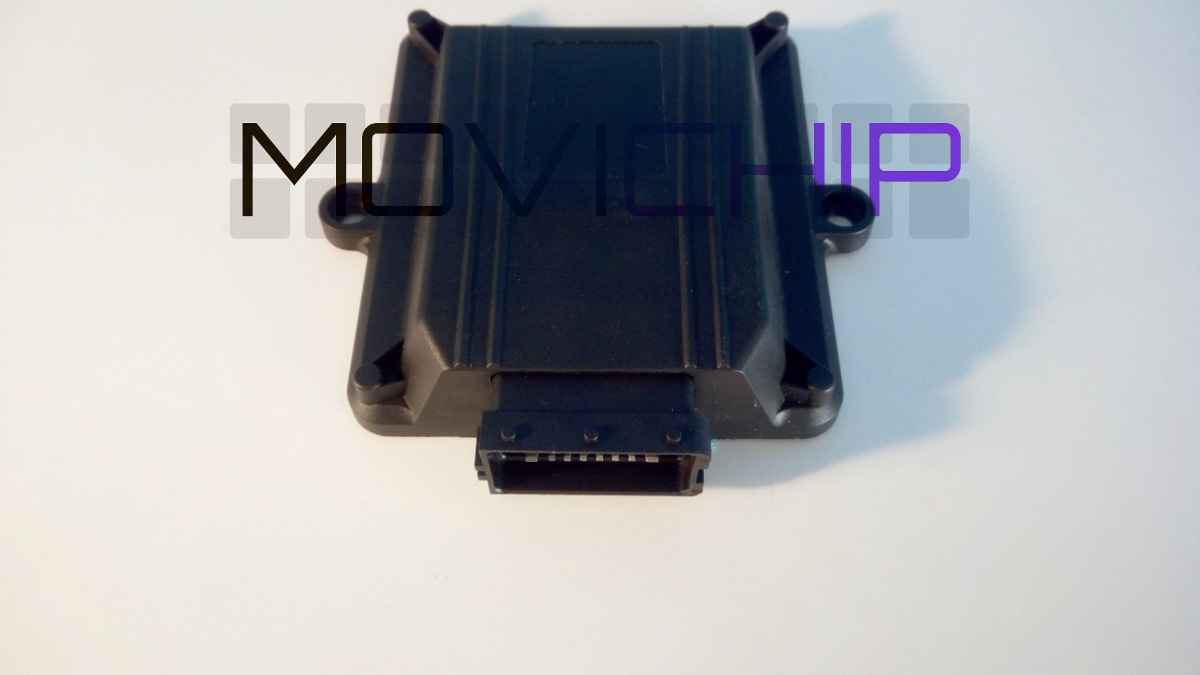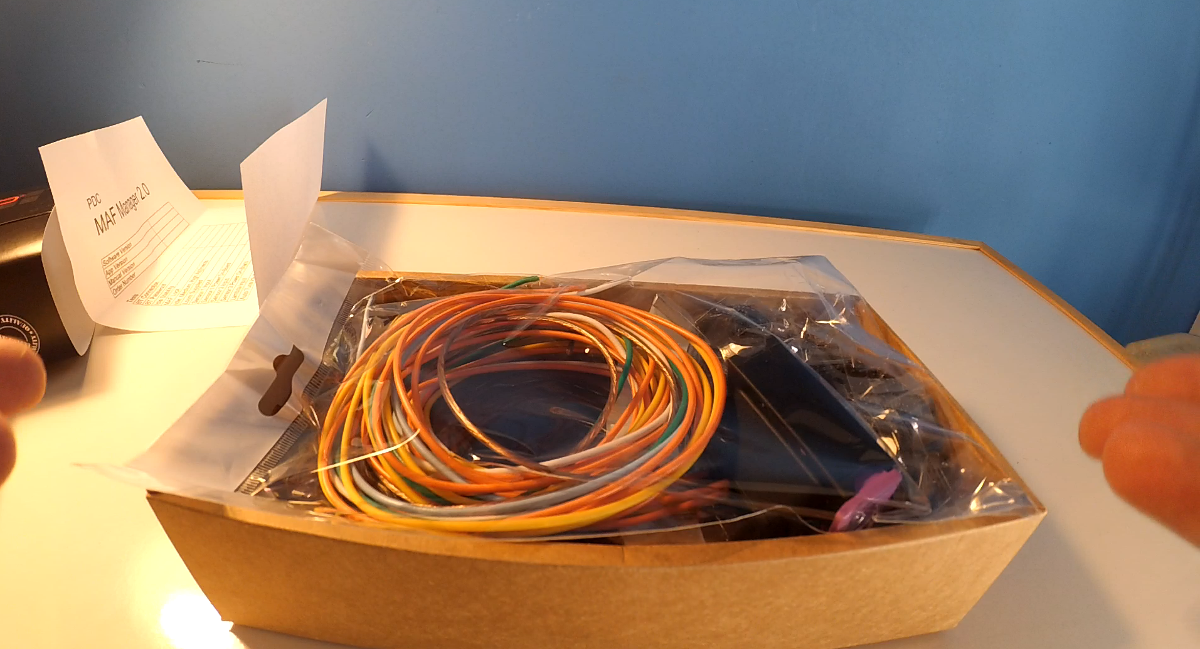Alter engine fueling by manipulating MAF sensor signal.
Tune engine fuelling according to load and RPM manually or automatically tune your engine fuelling by setting your target AFRs and let the Rivazza automatically adjust the MAF sensor signal to achieve your desired AFRs
Features
-9 cell tuning table. Load/MAF vs RPM (0-5 volt sensor input)
-Manually tune/scale MAF signal or
-Auto tune function.
Inputs
1x 0-5 volt signal (from MAP/MAF/TPS sensor)
1x 0-5 volt signal from Wideband Lambda Sensor – OPTIONAL
1x 0/5 volt timing signal. 1,2,3 or 4 spark signals per revolution – REQUIRED
Output
1x 0-5 volt sensor output (MAF signal to engine ECU) – REQUIRED
Suitable Uses
Increase engine power by adjusting engine fuelling from stock settings eg stock settings are excessively rich and you want to lean out the fuel
Tune engine fuelling to optimise bolt on engine upgrades eg intakes, camshafts
Mild engine swaps eg SR20DE swapped with SR20VE. Generally when the engine has been swapped with one of a similar capacity and are from the same engine family.
Initial setup
Check wiring.
Open SET menu and check that the unit is receiving data from the sensors LOAD, MAF and RPM
MAP menu.
Set your RPM and LOAD split points.
Set your “Fixed Multipliers”. These should be a ball park figure. eg if you have 20% bigger injectors, fixed multiplier initial value should be 0.8
Driving
Take it slowly to start, check your AFRs. As you drive. When back in the pits, check your fixed multiplier and adjust as required.
If you are using the auto tune function
Set your AFR targets
Take it slowly to start. When back in the pits, check your dynamic multipliers. Are they within 10% of the fixed multipliers? If not adjust your fixed multipliers. Repeat until Fixed Multipliers allow full range of adjustment in the autotune function
For full information, download the MAF Manager Rivazza User Manual
Email us with your questions.


